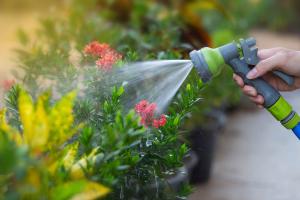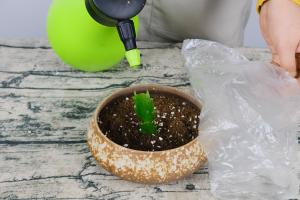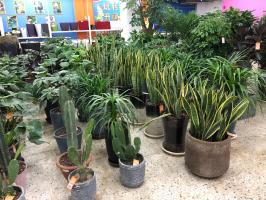Introduction
The water hyacinth, also known as Eichhornia crassipes, is a free-floating aquatic plant that belongs to the Pontederiaceae family. It is native to South America but has now spread throughout many parts of the world where it has become a significant environmental concern.
Physical Characteristics
The water hyacinth is a free-floating plant. It has thick, spongy, and pale green to purple stems that can grow up to 1 meter in length. The leaves are circular, glossy, and waxy, and can grow up to 15 cm in diameter. The plant produces a beautiful lavender to pink flower that grows on a tall spike and has six petals.
Habitat and Distribution
The water hyacinth is commonly found in tropical and subtropical regions. It grows in still or slow-moving water bodies such as rivers, lakes, ponds, and canals. The plant is known to be invasive, and when found in non-native regions, it can cause significant ecological damage. It was first introduced to Africa in the late 1800s, where it rapidly spread throughout the continent. Today, the water hyacinth is found in parts of Asia, Australia, Europe, and North America.
Ecological Impacts
The presence of the water hyacinth in water bodies can have significant ecological impacts. The dense mats of plants can block sunlight from reaching the water surface, which can reduce oxygen levels, affect the growth of native plants, and impact aquatic life. The plant also alters the carbon dioxide and nutrient cycles in water bodies, affecting the balance of the ecosystem. Additionally, the water hyacinth can impede waterways, causing flooding and hindering navigation.
Management
The management of the water hyacinth is challenging due to its growth rate and ability to reproduce rapidly. Some methods used to control the plant include manual removal, chemical treatment, and biological control. Manual removal involves physically removing the plant from the water surface. Chemical treatment involves using herbicides to kill the plant, and biological control involves introducing natural predators or pathogens that feed on the plant. To effectively manage the water hyacinth, a combination of these methods may be necessary.
Conclusion
The water hyacinth is a free-floating aquatic plant that can cause significant ecological damage when found in non-native regions. Its rapid growth rate makes it a challenging plant to manage. However, through effective management practices, we can control its spread and minimize its ecological impact.

 how many times do yo...
how many times do yo... how many planted tre...
how many planted tre... how many pine trees ...
how many pine trees ... how many pecan trees...
how many pecan trees... how many plants comp...
how many plants comp... how many plants can ...
how many plants can ... how many plants and ...
how many plants and ... how many pepper plan...
how many pepper plan...
































